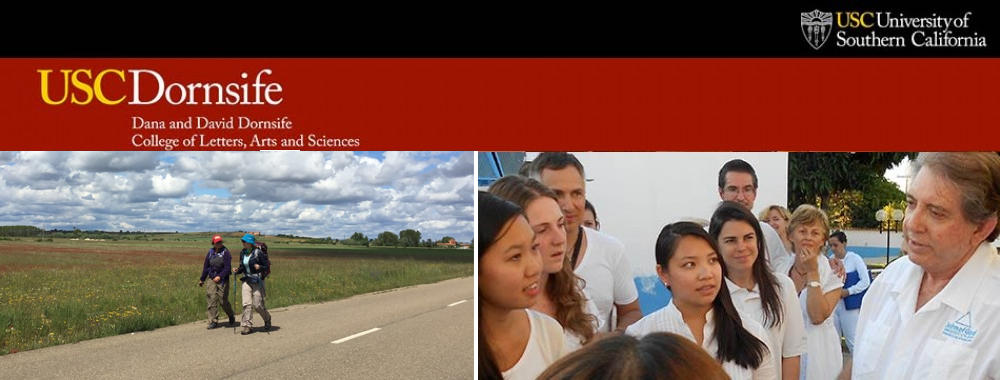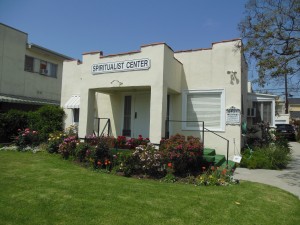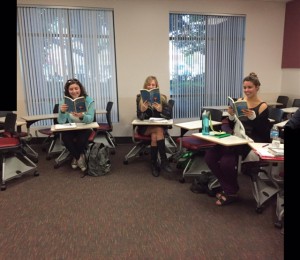Since my first day at the Casa, I have been amazed by the diversity of people in attendance—not just the diversity in demographics, but also the unique story each individual brings along with them to the Casa. Through my conversations with the people here, I became particularly interested in hearing about their reasons for coming to Abadiania as well as their perceptions of modern medicine.
My initial interest in asking these questions came from my experience at the three-hour meditation session. Before the session began, I engaged in a brief conversation with a German couple seated next to me in the current room. After finding out where they were from, I asked what brought them to the Casa. Without hesitation, the woman replied, “Our doctor in Germany told us to come.” I was immediately taken by surprise. A physician from a modern, industrialized society willingly instructed these individuals to seek healing here? Unfortunately, the meditation session commenced soon after and I couldn’t ask any more questions. But that conversation sparked a curious thought in my mind: the Casa clearly had something to offer these people even from the perspective of biomedicine.
In conversations with other people in the days following the meditation session, I came to learn that there were a variety of reasons and perceptions of biomedicine that motivated people’s journeys to the Casa. One afternoon at the sacred soup, I spoke with an elderly Brazilian woman named Elena, who had also come to see John of God by recommendation from her physician in Sao Paolo. She told me that while her physician was supportive of Spiritist healing, he cautioned her to not rely exclusively on spiritual healing to treat her condition. Elena’s story contrasts with that of another individual with whom I spoke that same afternoon. This man, named Marco, was also a Brazilian who had come to the Casa to treat a medical condition. (Did he, in fact, define this as a medical condition or a spiritual condition?) Unlike Elena, however, Marco never sought help from a physician and placed his faith entirely on spiritual healing to treat his illness. Biomedicine, according to Marco, could only temporarily treat his farsightedness; in the long run, his vision would worsen unless treated by spiritual means. He had thus come to the Casa in search of a permanent solution.
Thus far, I have come to experience the unique relationships individuals have with modern medicine. As I learned from my conversations, these relationships often times inform the reasons patients have for coming to the Casa and inevitably help define the boundaries of Spiritism as a healing modality in our world today.
By Adwight Risbud






